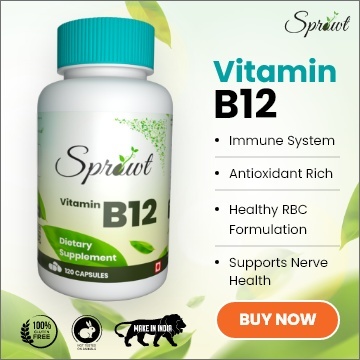Wheat is a staple in many parts of India where chapatis, parathas, churma, puris, parota and other wheat preparations are consumed daily.
However, foods like wheat, barley and rye contain a protein called gluten and some people may have (or may develop) a gluten sensitivity or gluten intolerance.
In people with gluten sensitivity—including people with wheat allergy and celiac disease (an autoimmune condition in which an allergic reaction to gluten damages the inner lining of the small intestine)—eating gluten can cause severe discomfort. (Read more: Anti-gliadin antibodies test for gluten sensitivity)
The good news is that there are many gluten-free foods available across India (hint: replace wheat with amaranth or chaulai, buckwheat or kuttu ka atta, or sorghum or jowar). And if you have gluten sensitivity, you can put together a delicious plate of food devoid of this protein with relative ease. Read this article to know more about gluten and gluten-free foods.
















